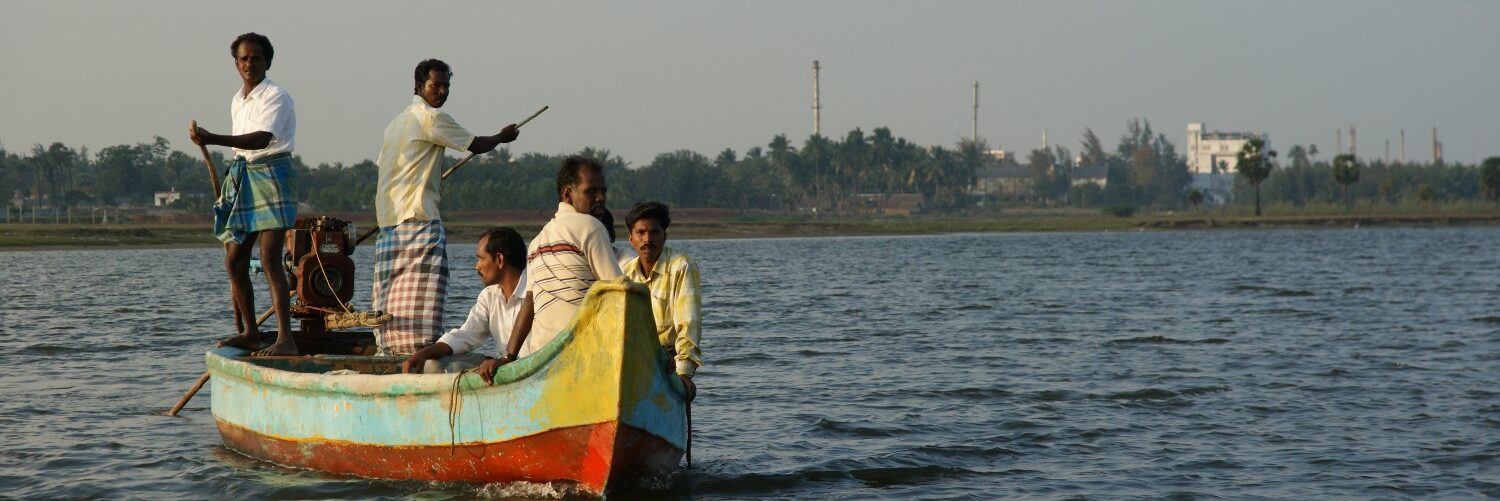Tamil Nadu
By A.V. Ragunathan
The Hindu
CUDDALORE, DEC. 17 . The Tamil Nadu Pollution Control Board seems to have done a precious little to cleanse the polluted atmosphere at the Cuddalore SIPCOT industrial estate despite the Supreme Court Monitoring Committee setting December 31 as the deadline. There are traces of carcinogenic chemicals, far above the norms, in the ambient air that have the potential to cause cancer in animals and human beings, besides posing many health hazards, such as headache, skin and throat irritation.
This has become evident from the recent study conducted by the SIPCOT Area Community Environmental Monitors (SACEM). SACEM volunteers collected “bucket samples” of the emissions at Eachangadu in the vicinity of the estate, and sent it for tests to Columbia, U.S.
The samples were found to contain chemicals such as bromomethane, trichloroethene and methyl-2-pentanone far in excess of the limit prescribed by the United States Environment Protection Agency (USEPA).
The SACEM members, Parasuraman and Amirthalingam, told presspersons here today that the samples were collected barely 15 days after a Central Pollution Control Board team from Bangalore had conducted the air sampling in September, following up on SCMC’s directions.
But during the board’s investigation, none of the industries in the estate was functioning normally, and hence, the intensity of the problem would not be rightly known. On the later days, the fishermen at Pachiyankuppam reported oily layer and black effluents in the Uppanar, and those near Kudikadu complained of skin injuries.
Effluent discharge
Mr. Amirthalingam said that at Eachangadu there used to be a thick envelope of emissions, from 10.30 p.m. to 6.30 a.m. the next day. He also alleged that certain chemical units were in the habit of dumping the effluents on their premises to be clandestinely let out later into the nearby stream through small holes or pipes.
When the attention of TNPCB officials was drawn to the pollutants, they dismissed it as mass hysteria. The SACEM spokesmen said the TNPCB did not seem to be conducting any scientific study to assess the pollution level. Moreover, the Board had not taken SACEM into confidence while collecting the samples.
Though SACEM had asked TNPCB to set up its office at the industrial estate, the officials were averse to the idea for the reason that they were not prepared to expose themselves to pollution.
So SACEM had insisted that CPCB should involve it in monitoring and assessing pollution; make the existing units to adhere strictly to the norms, and not allow any new hazardous units to come up.
© Copyright 2000 – 2004 The Hindu
